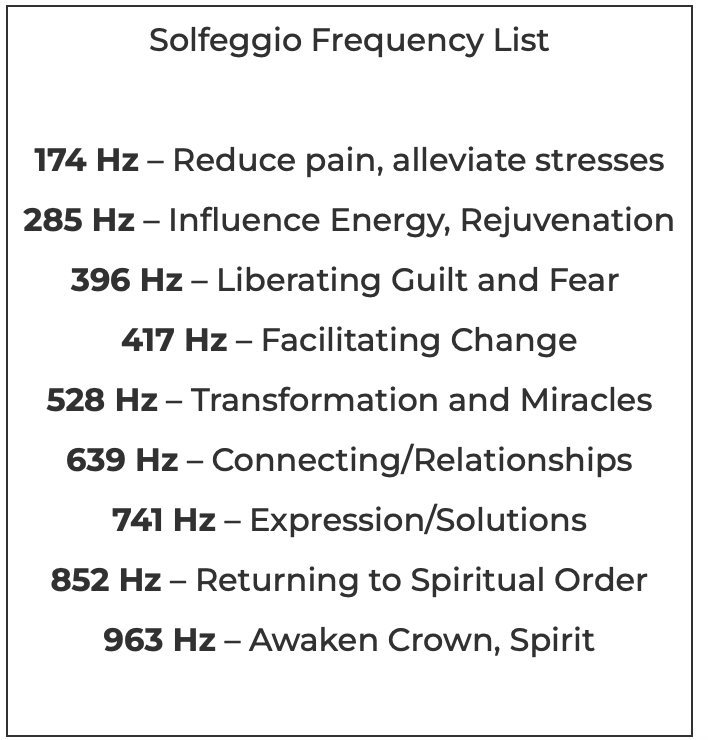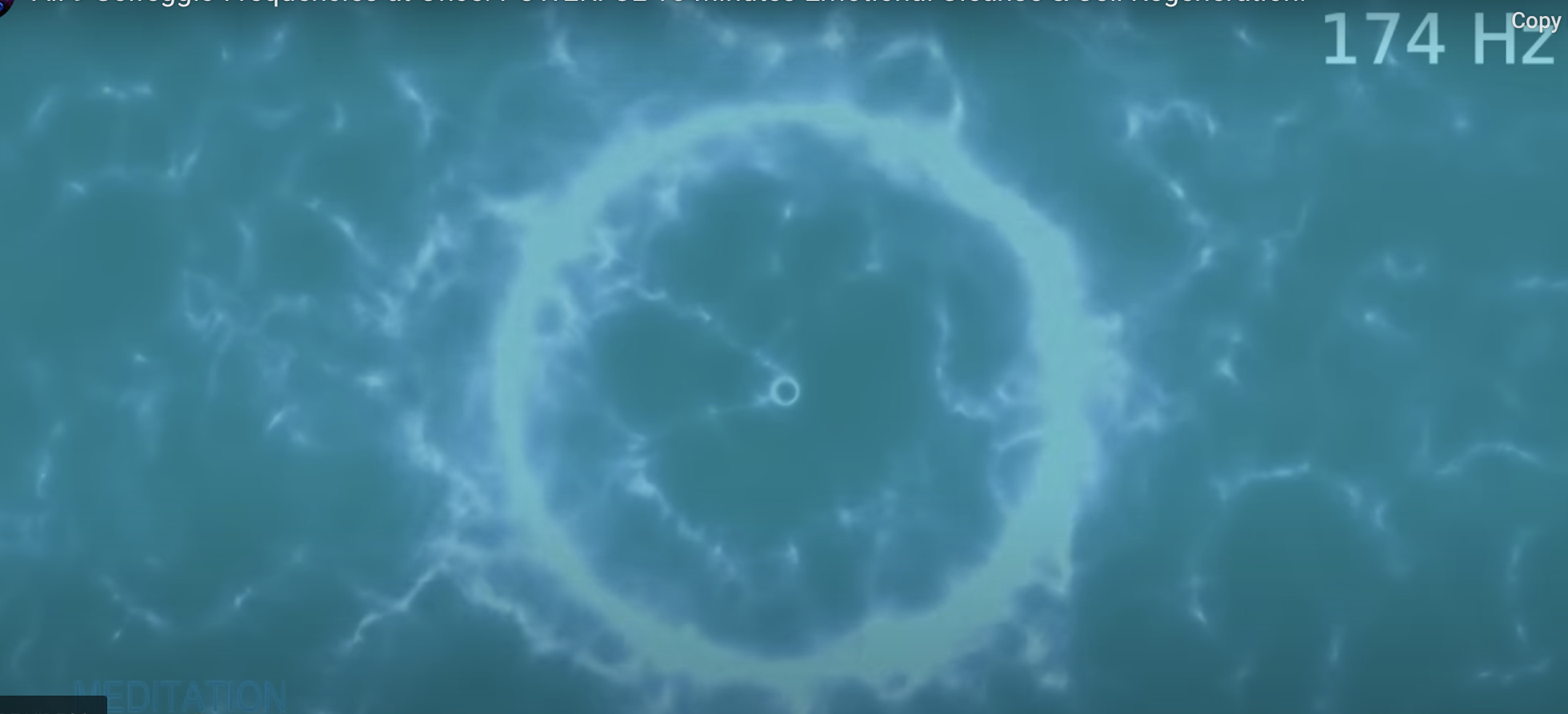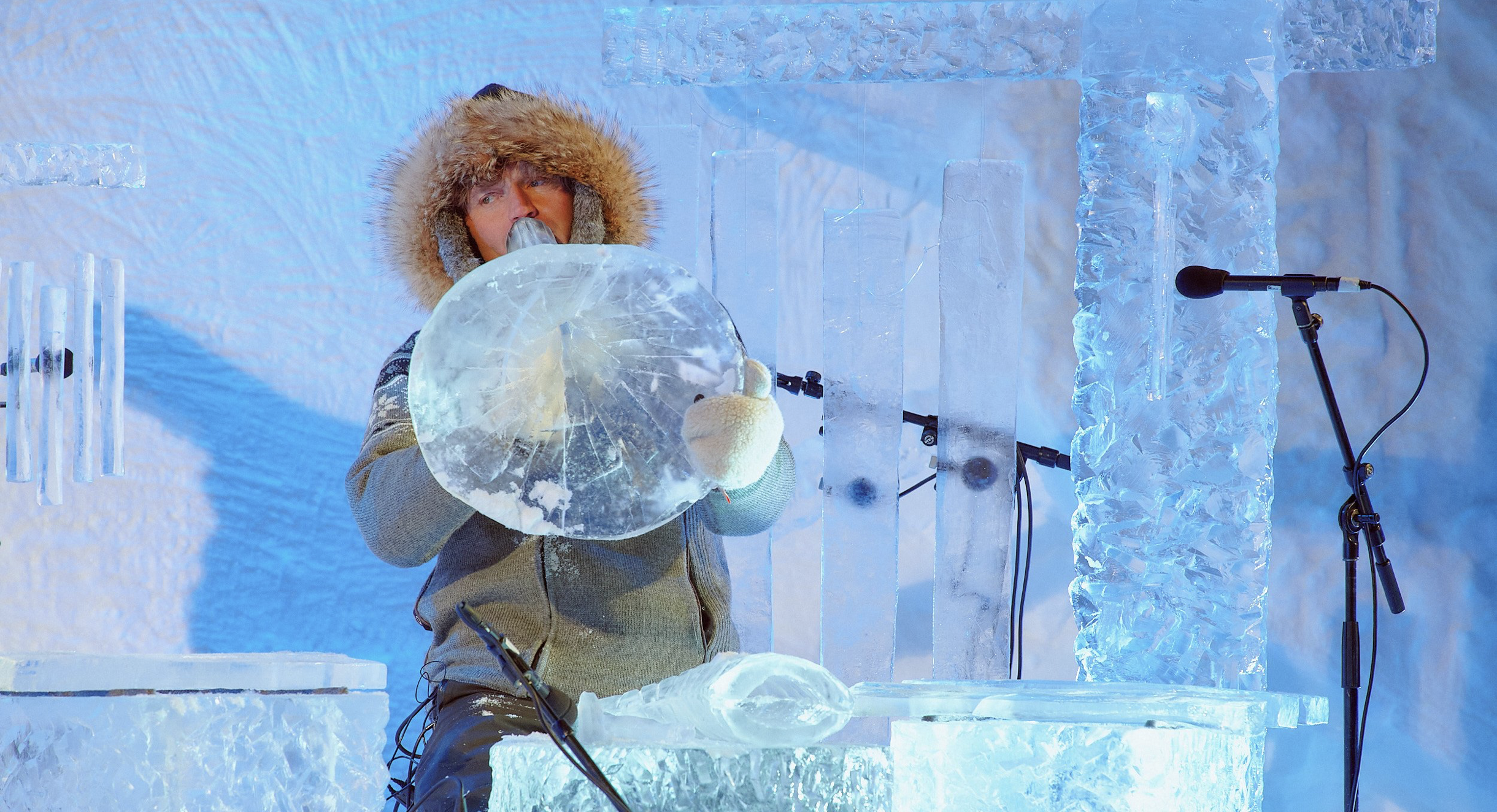Is it possible to heal our body, feelings, or mind using sound frequencies? Sound therapists and scientists appear to be discovering the same truth. That frequencies of sound can at least invite, if not bring about, relaxation, release from anxiety, deeper sleep, and healing.
I’ve been experimenting with a low frequency sound (175 Hertz) to reduce pain. The following short sample combines 175Hz with other vibrations to encourage a theta brain wave state. Theta is the wave our brains produce when drowsy, lightly sleeping or in deep relaxation.
I aim for the most pure and refined sound in what I allow into my consciousness and what I give out through my voice. Granted that’s a tall order! But one step I can take is to test out sounds to see what beneficial impact they may have on me as an individual.
The older I get, the more careful I am at taking anything from an outside source at face value. For example, the advent of AI has required even more alertness and attunement to my inner guidance.
With that bit of a disclaimer, if you’d like to test out particular sound frequencies, the following is the best video I can find to sample nine currently recognized beneficial tones. (10 min).
What impact do these sounds have as you listen?
Which sounds are you drawn to for peace, balance or healing?
If it’s helpful, this guide below lists possible benefits from listening to the nine frequency vibrations. Perhaps your experience matches, or maybe you feel something different.

In chaotic times, every tool we can find to strengthen the integrity of our bodies, minds, and emotions is welcomed. We want to be strong, secure, and sound within our own being.
Let’s listen inside ourselves first and foremost for our highest guidance and truth. With that intention, we’ll be led to the gifts of sound that uplift, purify, and heal.
That is living as music.
******************************************
If you received this from a friend, check out other topics here, or subscribe below for monthly posts.💛
Subscribe here for Living As Music
Find Your Rhythm. Harmonize with your heart.




